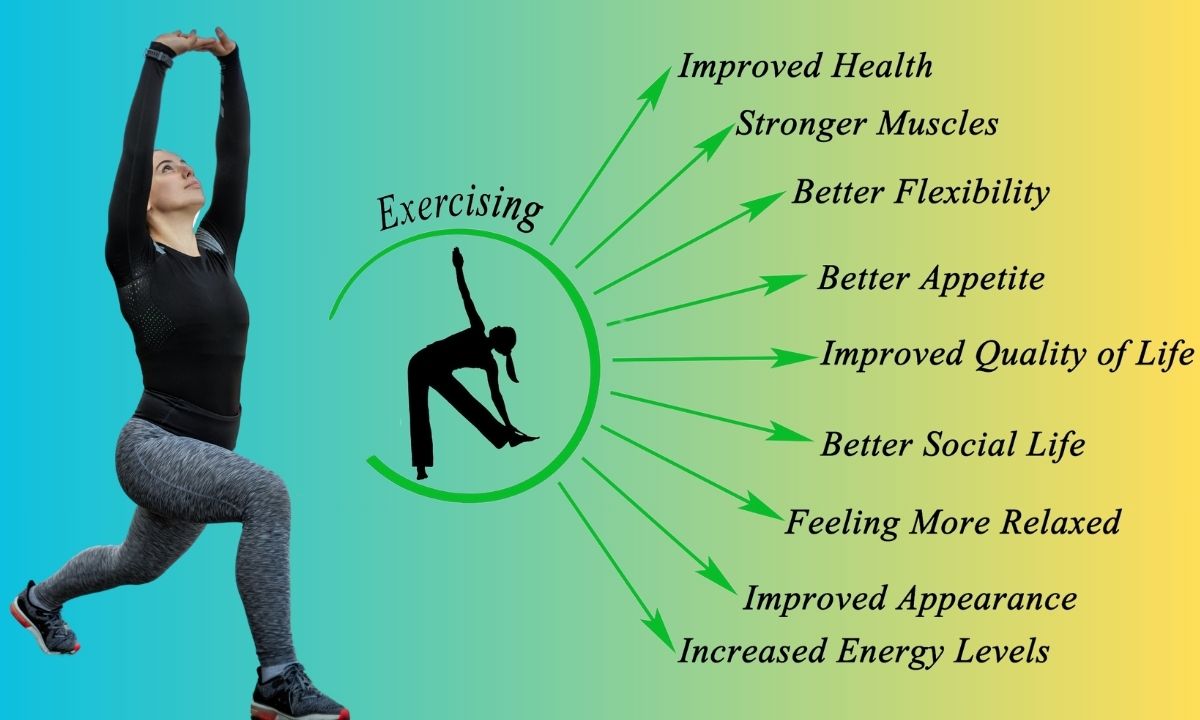Yoga is an ancient Indian philosophy that dates back thousands of years. It was designed as a path to spiritual enlightenment, but in modern times, the physical aspects of yoga have found huge popularity as a gentle form of exercise and stress management. There are many different varieties of yoga, but each one essentially relies on structured poses (asanas) practiced with breath awareness.
Researchers have discovered that the regular practice of yoga may produce many health benefits, including increased cardiovascular fitness, improved muscular strength and normalisation of blood pressure. Yoga is a renowned antidote to stress and promotes improved sleeping patterns. Over time, those who practice yoga report lower levels of stress, and increased feelings of happiness and wellbeing. This is because concentrating on the postures and the breath acts as a form of meditation.
The classical techniques of yoga date back more than 5000 years. The practice of yoga encourages effort, intelligence, accuracy, thoroughness, commitment and dedication. The word yoga originates from the Sanskrit language and means ‘to join or yoke together’. It brings your body and mind together, and is built on three main elements – exercise, breathing and meditation.
The movements of yoga are designed to challenge flexibility, balance, coordination and strength, increasing your body’s efficiency and overall health. Breathing techniques promote greater mind body connection, improving the function of body and mind.
Focusing on controlled movement and breathing prepares the body and mind for meditation, with an approach to a quiet mind that allows silence and relief from everyday stress. When practiced regularly, yoga can become a powerful and sophisticated discipline for achieving physical, mental and emotional wellbeing.
Types of yoga
Physical Benefits
Mental Benefits
Physical Benefits Of Yoga

Builds Muscle Strength
Many yoga poses require you to support the weight of your own body in new ways, including balancing on one leg or supporting yourself with your arms. Poses such as downward dog, upward dog, and the plank pose, build upper-body strength. The standing poses, especially if you hold them for several long breaths, build strength in your hamstrings, quadriceps, and abs. Poses that strengthen the lower back include upward dog and the chair pose.
Improved Flexibility
Typically the first and most obvious benefit of yoga, improved flexibility tends to be clearly evident, even to beginners. Moving and stretching in new ways helps to increase the range of motion and lubrication, especially if you have pain in your joints and spine, which is key to performing everyday activities with ease as you continue to age.
Posture
When you’re stronger and more flexible, your posture improves. Most of the standing and sitting poses develop core strength because your abdominal muscles are needed to help support and maintain each pose. With a stronger core, you’re more likely to sit and stand tall.
Bone and Joint Health
It’s well known that weight-bearing exercise strengthens bones and helps ward off osteoporosis, and many postures in yoga require that you lift your own weight. Yoga also can have a significant effect on healthy joint function as certain poses promote the release of fluids while strengthening the muscles supporting vital joint systems.
Heart Healthy
When you regularly get your heart rate into the aerobic range, you lower your risk of a heart attack. While not all yoga is aerobic, if you do it vigorously or take certain classes (like Ashtanga), it can boost your heart rate into the aerobic range.
Breathing
Most of us take shallow breaths and don’t give much thought to how we breathe. Because most forms of yoga involve deep breathing and attention to our breath, lung capacity often improves. This, in turn, can improve sports performance and endurance.
Mental Benefits of Yoga
Aside from the array of physical benefits, yoga also has some great mental benefits. Unlike more traditional forms of exercise, yoga’s incorporation of meditation and breathing helps a person improve their mental well-being.

Stress Reduction
Yoga helps lower stress levels by activating the parasympathetic nervous system, which is responsible for relaxation and recovery. Techniques like deep breathing and meditation used in yoga can reduce the body’s production of stress hormones such as cortisol. This creates a sense of calm and helps the body and mind to unwind.
Improved Focus and Concentration
Yoga practices, especially those involving meditation and mindful movement, train the mind to stay focused and present. This improved concentration can transfer to other areas of life, enhancing productivity and the ability to handle complex tasks.
Enhanced Emotional Regulation
Yoga encourages mindfulness, which involves observing your thoughts and emotions without judgment. This practice can help you recognize and understand your emotional patterns, leading to better control over your reactions and an increased ability to handle emotions like anxiety and frustration.
Increased Self-Awareness
Through yoga, you become more attuned to your body, mind, and emotions. This self-awareness helps you gain insights into your behavior, desires, and motivations, fostering personal growth and a deeper understanding of yourself.
Boosted Mood
Engaging in yoga stimulates the release of endorphins, which are chemicals in the brain that act as natural painkillers and mood elevators. Regular practice can lead to a more positive outlook and reduced feelings of depression or anxiety.
Better Sleep Quality
The relaxation techniques and physical activity involved in yoga can help improve sleep patterns. By calming the mind and reducing physical tension, yoga can make it easier to fall asleep and stay asleep, leading to more restful and restorative sleep.
Enhanced Cognitive Function
Yoga can positively impact cognitive functions such as memory, attention, and executive function. By reducing stress and promoting relaxation, yoga helps maintain a healthier brain, which can improve mental clarity and cognitive performance.
Increased Resilience
The mental discipline developed through yoga helps build resilience—the ability to bounce back from challenges and adversity. Yoga teaches coping strategies such as mindful breathing and maintaining a balanced perspective, which can enhance your ability to handle life’s ups and downs.
Mindfulness and Presence
Yoga practices often include mindfulness, which involves focusing on the present moment. This mindfulness helps reduce rumination (overthinking about past or future events) and promotes a more balanced and less reactive mindset.
Some Important Advantage Of Yoga
Improves brain function
Lower stress levels
Alters gene expression
Increases flexibility
Lowers blood pressure
Improves lung capacity
Relieves anxiety
Relieves chronic back pain
Lowers blood sugar in diabetics
Improves sense of balance
Stronger bones
Healthy weight
Lowers risk of heart diseases


